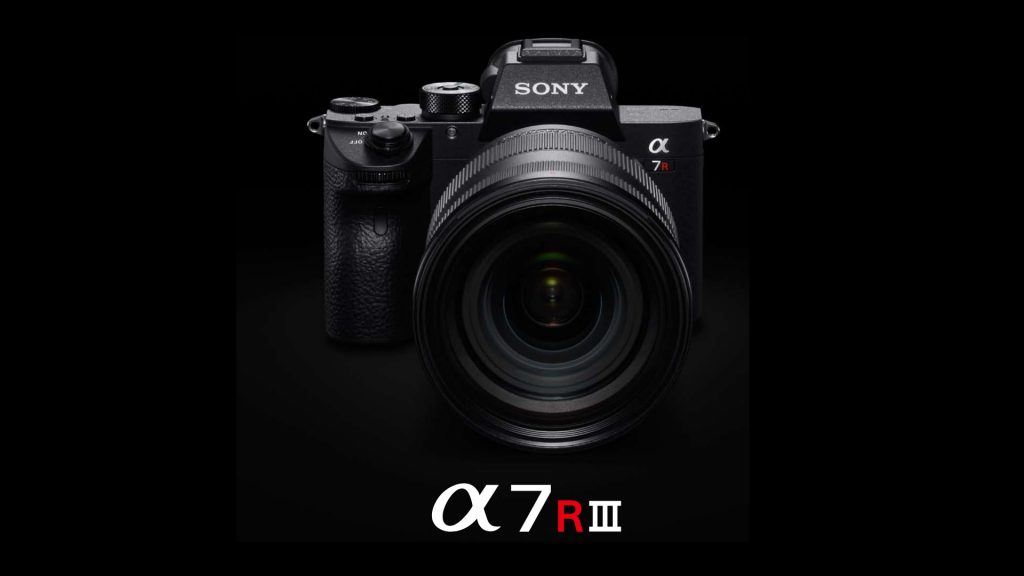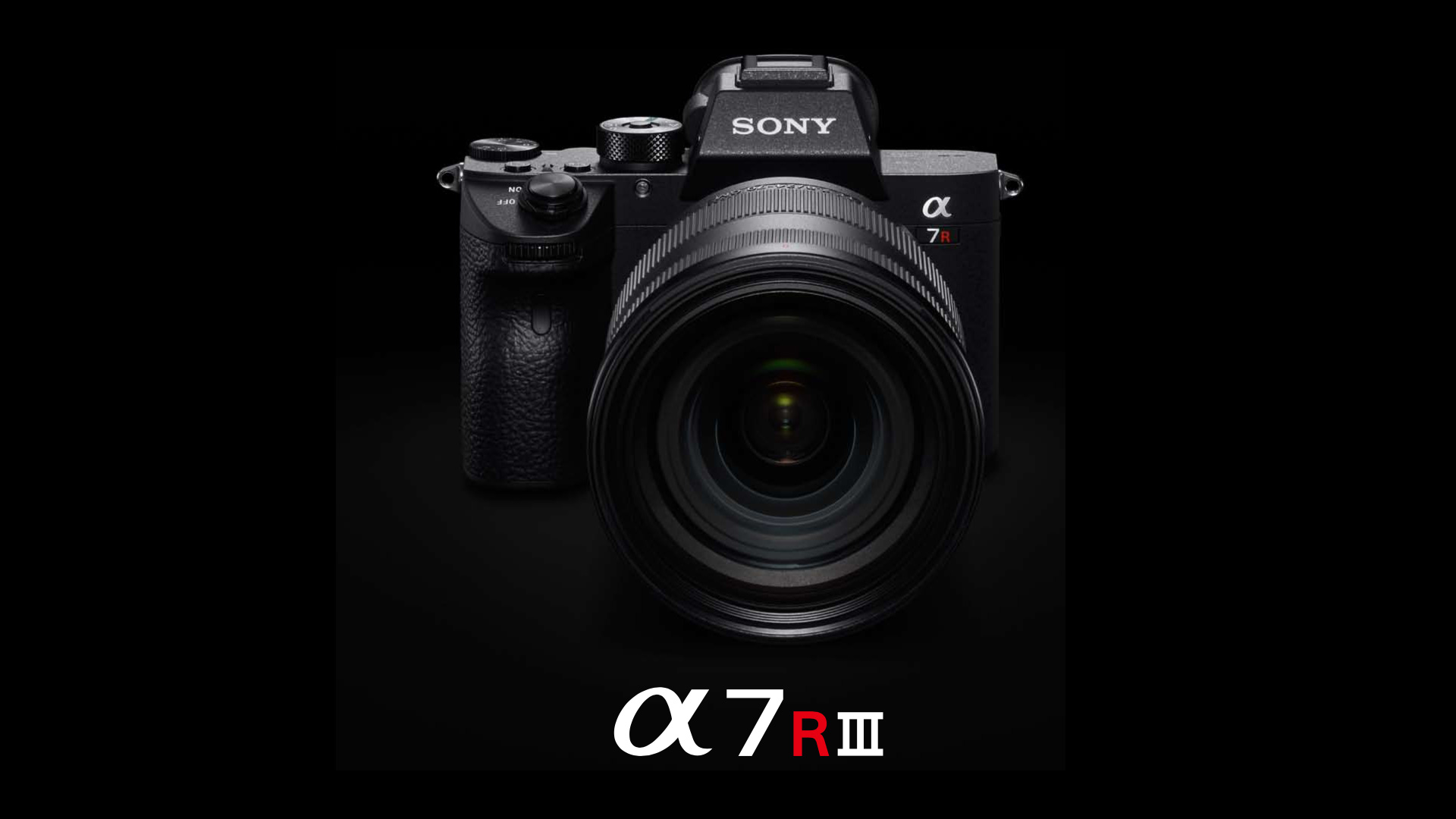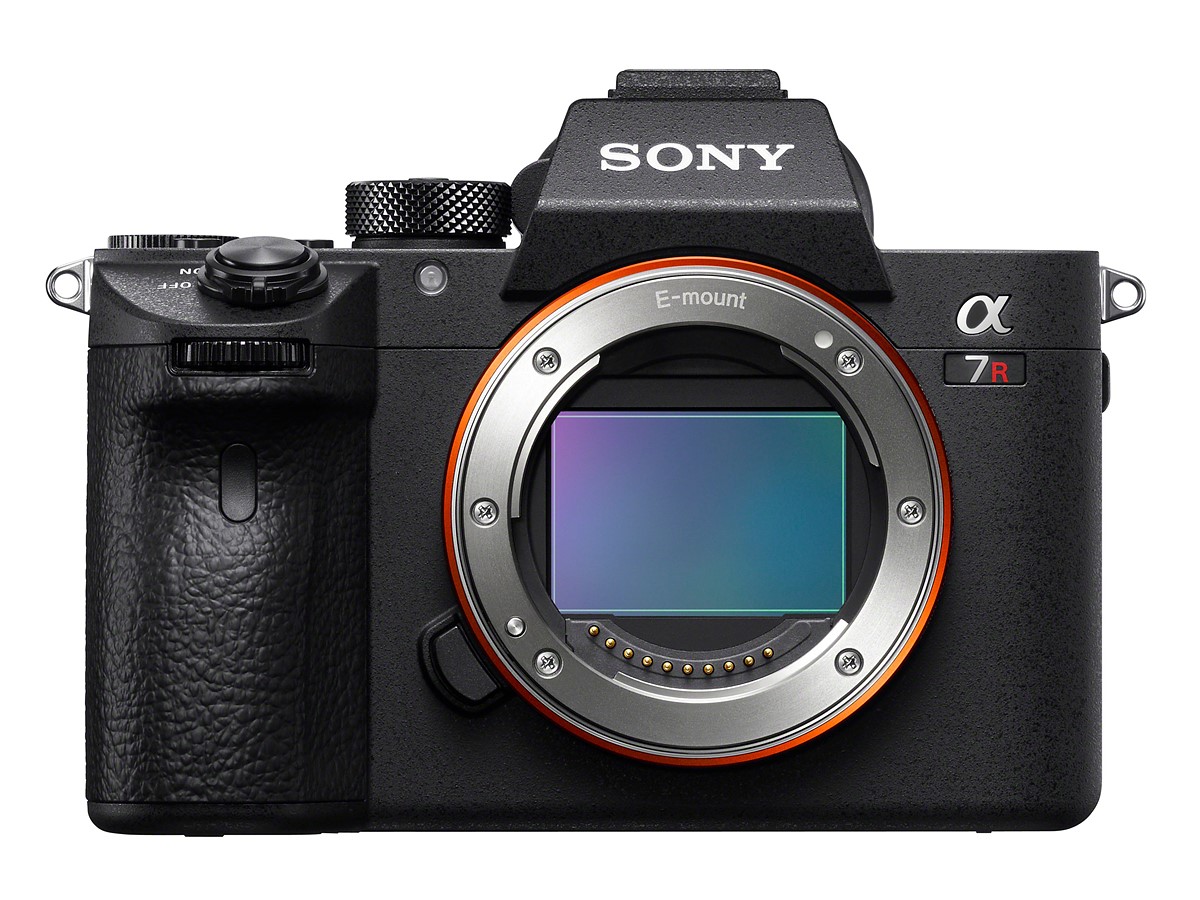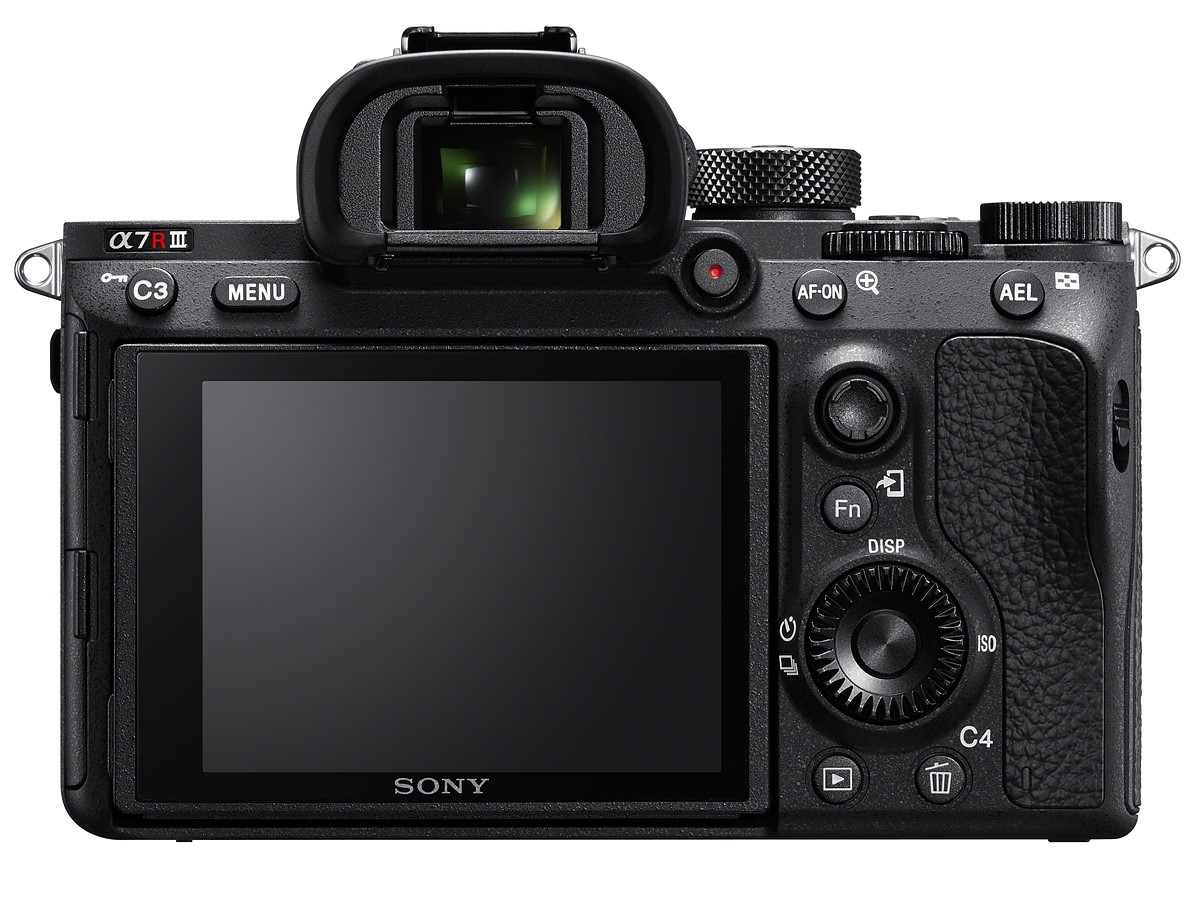
Sony have taken the wraps off their biggest release of the year, the A7R III. It’s a very respectable update for photographers, a smaller one for video shooters.
https://www.youtube.com/watch?v=xVjo2G-c01s
What’s new in the A7R III for video shooters? Well the improved ergonomics introduced with the A9 are on this body along with a new higher resolution 3.3m dot EVF. The camera now shoots 4K in Hybrid Log Gamma for compatibility with the latest 4K HDR TVs, like the Panasonic GH5. Unlike the GH5 however, it is held back by the 8bit 4:2:0 codec. HDR and HLG require a very wide colour gamut, so we’ll have to examine very carefully in the review whether this camera is really capable of a nice 4K HDR image without banding and colour problems.
It is clear Sony is saving 10bit for the A7S III… And probably 4K 60p as well. The A7R III does shoot 1080/120p but 4K is still 24/25/30p.
The sensor stays at 42MP – it isn’t the same as the 46MP chip in the Nikon D850. It does however share similar underlying manufacturing designs like BSI and a high speed readout. Like the A7R II, A99 II and D850 it does a pixel binned 4K readout from the full width of the full frame sensor. The Super 35mm crop mode is still oversampled like before from 5K, to provide cleaner per-pixel detail and less moire. This is something Canon’s technology doesn’t achieve at the moment in cameras like the 1D X Mark II and 5D Mark IV.
The camera now has a XAVC-S Proxy codec, which records a low quality proxy file simultaneously to the main XAVC-S clips. Useful for editing on a lesser machine or to simply make a complex edit with lots of effects more fluid.
Sadly the bitrate of the main XAVC-S 4K codec remains at just 100Mbit/s IPB which is significantly under what the GH5 offers with 400Mbit ALL-I! Again I think they are holding back for the more video orientated A7S III.
Autofocus is improved on this camera, and not just for stills. It has a similar phase-detect AF system to the A9 and A6500. It still isn’t Dual Pixel AF unfortunately. In stills mode, Sony claim the C-AF is double the speed of the A7R II. Talking of stills, another very interesting feature I should mention is the 169.6MP pixel-shift mode similar to the Pentax K1 which uses the 5 axis image stabilisation to move the sensor in tiny increments to capture more detail from the 42MP bayer sensor.
Sony claim the 5 axis image stabilisation system has evolved to give a 5.5-stop shake reduction, but it remains to be seen how much the improvement translates into video mode where it currently lags quite far behind the Micro Four Thirds 5 axis system (GH5, E-M1 II).
The camera now has a touch-screen for selecting AF point, and re-designed menus similar to the A99 II and A9 (a re-design which by the way didn’t go quite far enough!)
Other features inherited from the A9 include:
- Dual card slots like the a9 (UHS-II and UHS I)
- Z-Battery (2.2x capacity of the old battery)
- Same battery grip as the a9 (2 batteries)
- Joystick control
- AF on switch like the a9 (dedicated rear AF button)
The A7R III sees USB C (3.1) make its debut, which is a relief.
Dust and moisture resistance, 10fps burst shooting at the full 42MP (8K) and a silent electronic shutter mode round out the features.
Will I be getting one?
I’m waiting for the A7S III this time, and the competition is very tough even then. I prefer the Nikon D850 (and even A99 II) form factor for stills, don’t have many E-mount lenses and find AF rather rubbish with my Canon ones on an adapter, so I’ll be passing over this and waiting on the A7S III for video and stills will remain the domain of my Leica SL, Canon 1D C and Nikon D850. I think for video, Sony will put a clearer gap this time between the A7R and A7S.
With 10bit beasts like the GH5 available the competition is a lot stiffer for the A7R III than it was 2 years ago in 2015 with the release of the A7R II. I have serious doubts Hybrid LOG Gamma looks any good in 8bit! However the A7R III appears to be a very nice update for existing A7R III users (mainly photographers) who need the ergonomic improvements and larger battery of the A9, along with better burst rates and higher resolution viewfinder. Alongside that, there are plenty of smaller updates as well.
It’s not a revolution, it’s not a Leica SL in terms of how nice a mirrorless shooting experience can be, or a GH5 in video terms, but it is a very very nice Sony camera indeed.
The A7R III is due to hit stores in November.
Download the Sony A7R III brochure in PDF format here







